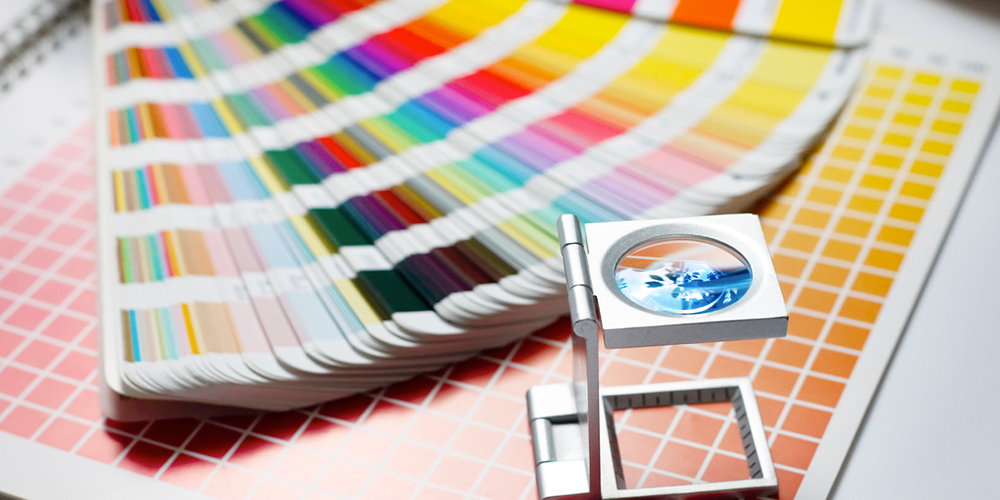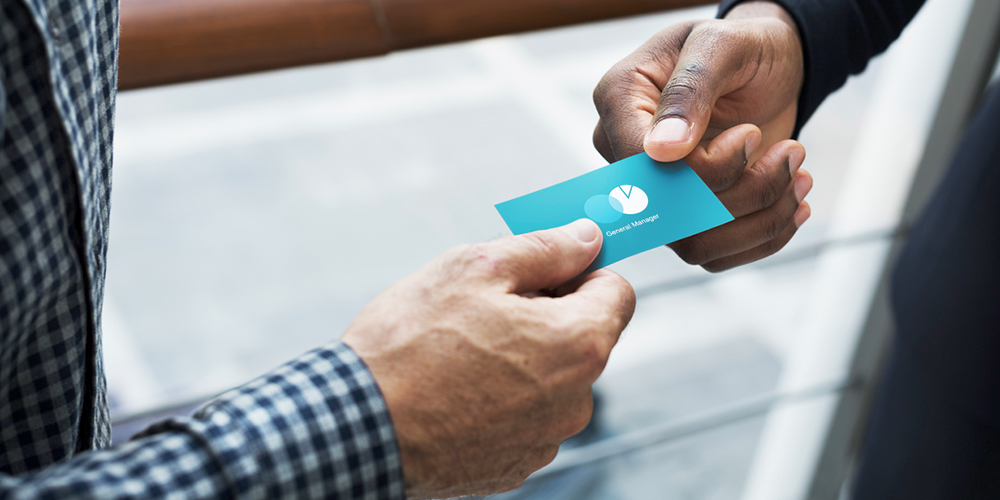Blog Article
Do Business Cards Have a Place
in our Digital World?
Rethinking the Role of this Business Staple
Amy Ross, Manager — Brand and Product Marketing
After LinkedIn launched in 2003, many believed business cards would eventually become unnecessary. Add to that predictions about millennials preferring high-tech interactions, and it seemed like business cards were an endangered species. However, contrary to popular belief, digital, mobile and social contact management strategies are enhancing this cornerstone of business networking, not replacing it.
In a blog article posted by one of our sister companies, Navitor, Paula Brewers explains that most historians believe business cards have their roots in “visiting cards,” originally used in the fifteenth century for aristocrats and royalty to announce their arrival to hosts. Calling cards were often used “to explain the purpose of the visit, whether that was to congratulate, express condolences, or to say ‘thank you.’”
From there, it’s easy to see how calling cards made the transition to “trade cards,” which were used by local craftsmen and merchants to promote their services and location. That eventually led to the first generation of printed business cards: basic black text printed on one side of a small white card. It wasn’t long before smart businesspeople who understood the importance of first impressions realized that this simple piece of paper could be so much more.
From embossed type and color photography to die cuts and high-end paper stocks, business cards started to be designed to stand out, not just introduce. They make an initial connection more memorable, can be shown to and shared with others and often are retained for future reference. The right combination of design and print techniques can help distinguish you, your brand and your company from the competition.
Think of your business card as a tangible technology. Although space might be limited, incorporating a URL, QR code or NFC technology that links to online content provides instant access to additional information, extending the engagement you have with prospects.
Elevate your business card and make it physically stand out. One popular trend is layered business cards, which are thicker than usual. You can add luxury finishes such as suede or silk laminate, spot UV coating, soft touch coating, foil or metallic ink. You don’t even have to use paper at all; alternative materials include magnet, metal and wood. Let your imagination run wild and discuss the possibilities with your vendor.
The business card remains an important tool in your marketing mix. It both establishes credibility and demonstrates your preparedness at an initial meeting and maintains relationships by bridging the gap between print and digital.
Looking for inspiration? Download our corporate ID trends guide.

